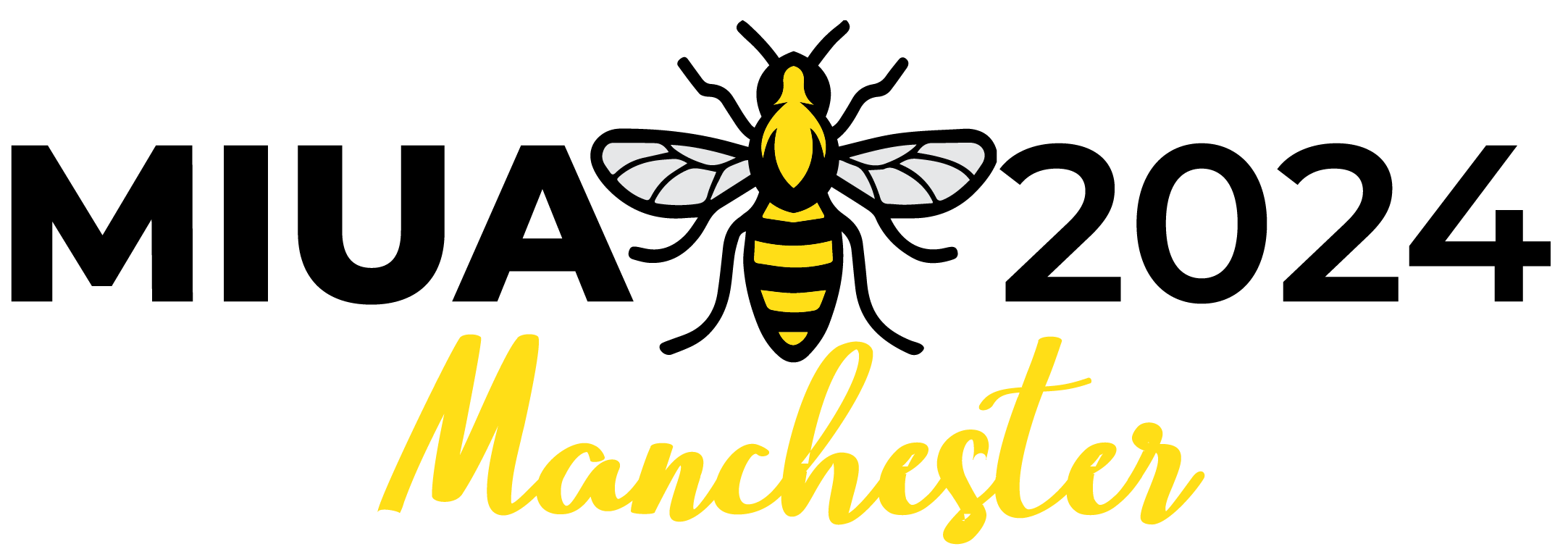Enhancing Low-Quality Medical Images: Theory and Methods
In recent years, the field of medical image processing has experienced significant advancements, driven by the rapid progress in machine learning, particularly deep learning techniques. These developments, especially prevalent in healthcare, have revolutionized diagnostic procedures. The precision of medical diagnoses fundamentally depends on the quality of available images. Enhancing medical images and videos is imperative, empowering clinicians with meticulous analysis tools and expediting patient care. Challenges like blurred edges, low resolution, and high noise levels plague medical imagery. Leveraging sophisticated supervised and unsupervised learning methods, these issues are effectively mitigated. Additionally, intelligently fusing medical images from diverse sources, such as PET and CT scans, enhances informational richness. The emergence of expansive models like ChatGPT has ushered in innovative research pathways. Semantic-based cross-modal medical image enhancement, bridging semantic understanding and advanced imaging methods, stands as a transformative research focus, promising to redefine medical diagnostics. As scholars, our endeavors in these transformative areas reshape the future of medical image enhancement.
This special session aims to cover a wide range of topics related to medical image enhancement. The topics include, but are not limited to:
- Image Enhancement Techniques: This topic will cover various methods for reducing noise, increasing image resolution, and improving the expression of details in medical images.
- Video Enhancement Techniques: This topic will focus on methods for improving the smoothness of medical videos, making them easier for doctors to observe. It will also cover techniques for analyzing the optical flow of time-series frames, which can help with dynamic video estimation.
- Supervised and Unsupervised Learning Methods: This topic will explore how deep learning techniques can be used for effective restoration of low-quality medical images using both supervised and unsupervised learning methods.
- Image Fusion Techniques: This topic will cover methods for fusing medical images from different sources, which can be useful for facilitating comparative analysis by doctors.
- Application of Large Models and Cross-Modal Semantic Alignment: This topic will explore how large models can be used to improve medical image enhancement. It will also cover techniques for cross-modal semantic alignment, which can help with semantic enhancement of images using human experience.
Organisers
- Prof. Haiyan Jin, School of Computer Science and Engineering, Xi'an University of Technology, China.
- Prof. Junhuai Li, Xi'an University of Technology, China.
- Prof. Xinhong Hei, Xi'an University of Technology, China.
- Guangming Liu, Xi'an University of Technology, China.
- Lei Cai, Xi'an University of Technology, China.
